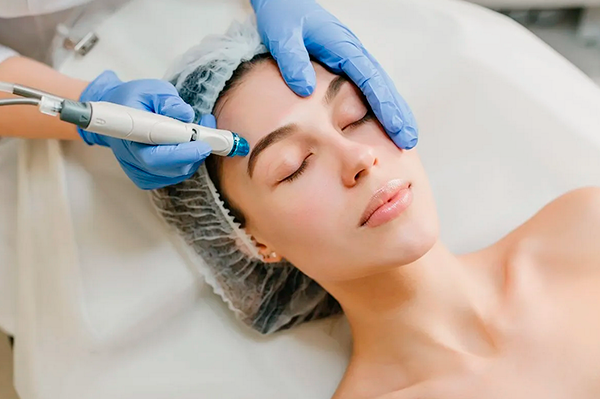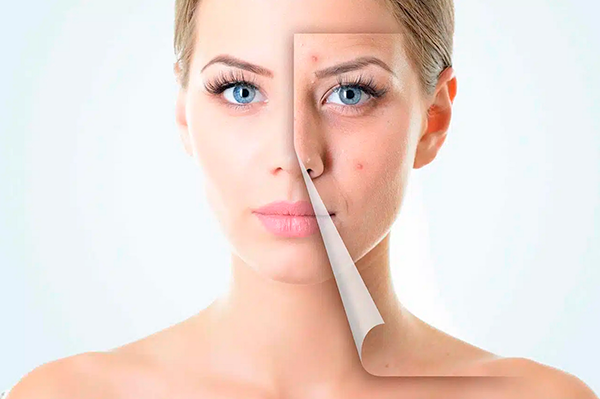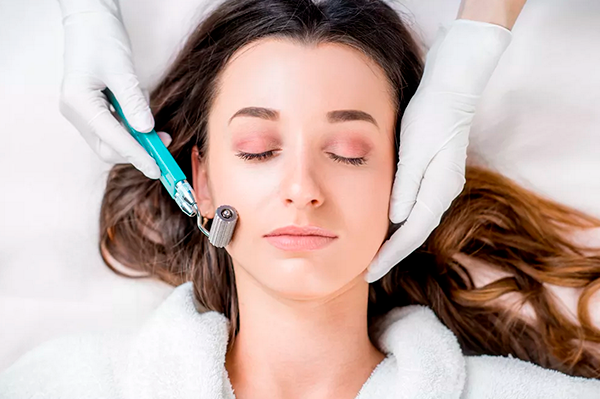
These controlled skin damage stimulate collagen production at the cellular level, thereby stimulating new cell growth during wound-healing process which results in smooth and firm skin.
It also heals fine lines and improves the appearance of wrinkles by stimulating the formation of new collagen fibres. The result is visibly improved texture, tone, firmness and elasticity.
Microneedling is minimally invasive requiring little to no downtime. It is considered safe for most people. Each session may last for about 30 minutes and mild erythema and edema may be present post procedure.
Who shouldn’t have microneedling?
- Those who have active acne or taking medications for acne
- Those who have blood disorders or are on anticoagulants
- Patients with keloidal tendency
- Patients with cancer who are receiving radiation or chemo treatment
- Patients with contact dermatitis, herpes simplex, eczema and psoriasis
So who gets microneedling?
Microneedling has cosmetic and medical uses. It can be used in patients who have:

Fine lines and wrinkles

Mild scars

Skin discoloration and uneven skin tone

Stretch marks

Microneedling can also be used to deliver drugs directly into your skin
The major advantage of microneedling is that it doesn’t carry risk of discoloration, unlike other facial rejuvenation procedures that use heat, light or lasers. This makes microneedling ideal for people with darker skin tones.
